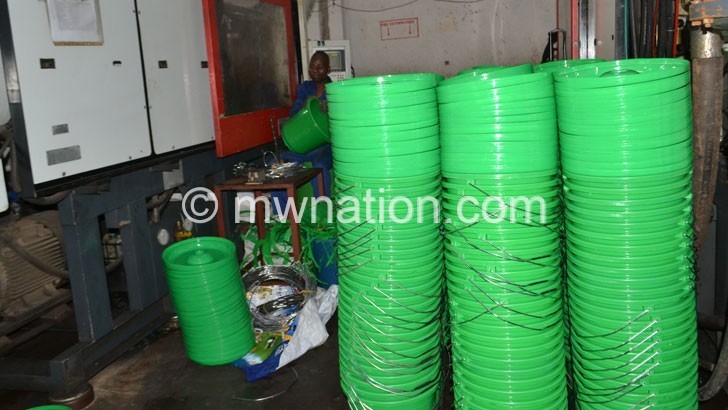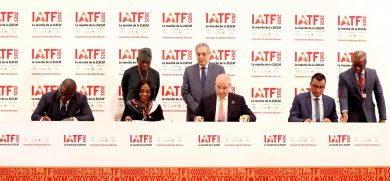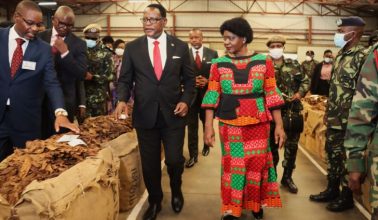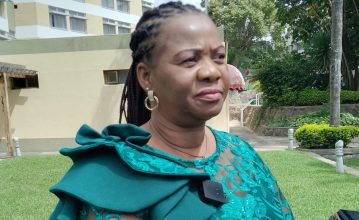AfDB tips Malawi on economic growth
The African Development Bank (AfDB) says Malawi needs to scale up its public investment by 100 percent to $1.2 billion (about K912 billion) to double its per capita income.
At about $1.2 billion, this is about 65 percent of the 2018/19 National Budget of K1.4 trillion and about 21 percent of gross domestic product (GDP).
In its paper titled A DGE Model for Growth and Development Planning: Malawi, the pan-African bank said increased investment will enable the country to boost the average income earned per person from less than $500 (about K370 000) to about $1 000 (K740 000).

The bank says scaling up investment in the next five years by 33 percent, 24 percent, 16 percent, 16 percent and 11 percent, respectively could generate an average real GDP growth rate of 6.8 percent in the short to medium-term, which would drive nominal GDP up from the current $5.5 billion (K4 trillion) to about $8 billion (K6 trillion) by 2022.
Reads the report in part: “With investment scaling up, it is important to note that this potentially leads to a shift in the composition of sectoral shares in GDP. In particular, it tends to temporarily contract the traded sector in the short-term in favour of expansion in the non-traded sector, where most of the new public investment is deployed.
“The necessary condition, however, is that the financing gaps for the investment scaling up situation are enhanced by external concessional debt with some good degree of concessionality. In the event that concessional loans are not forthcoming from multilateral development organisations, debt sustainability under commercial borrowing and no fiscal adjustment is compromised.”
According to the bank, the macroeconomic effects of improvements in the efficiency of the public sector, especially in terms of minimising the leakages from public investments due to public sector incompetence and corruption, improves the average GDP by about 1.3 percent in response to a 10 percent improvement in investment efficiency.
National Planning Commission (NPC) director general Thomas Chataghalala Munthali in an earlier interview observed that having population growing more than the economy can provide a huge challenge for the country.
He said Malawi would be a middle income economy with a person earning $1 000 from less than $400 by 2035 if population was growing at replacement levels or basically having around two children per woman.
Currently, Malawi’s population growth rate is estimated at around three percent, a rate the World Bank describes as the single greatest challenge to improving human capital development and economic prosperity.
Munthali said illustratively, evidence shows that $10.86 billion could be saved between 2015 and 2050 if the fertility rate decreases from 4.4 percent to 2.3 percent. The World Bank defines lower middle-income economies as those with a GDP per capita between $1 006 (about K764 560) and $3 955 (about K3 million) and upper middle-income economies have a GDP per capita of between $3 956 (about K3 million) and $12 235 (about K9 million).





